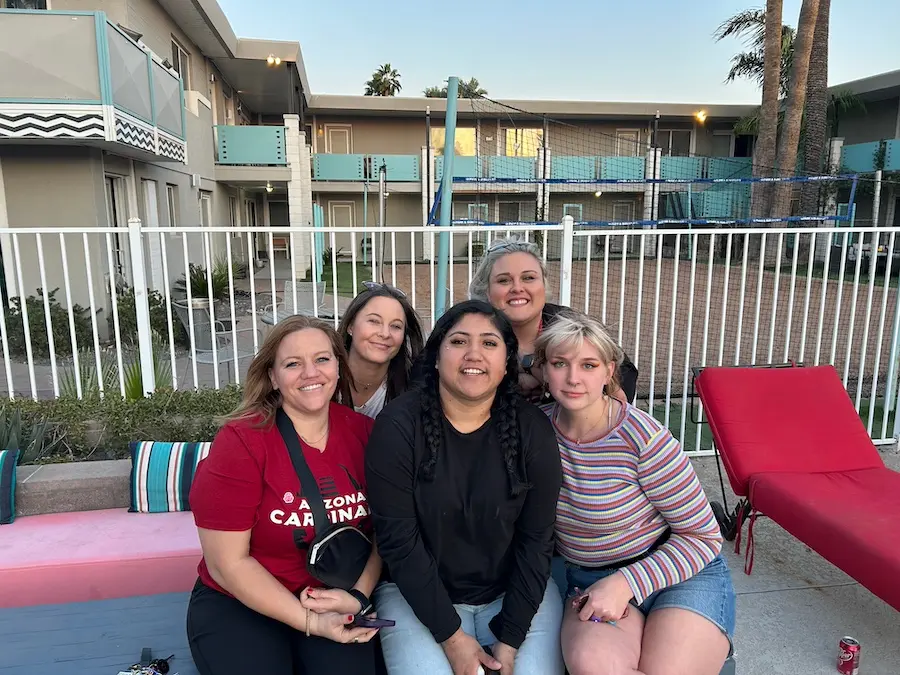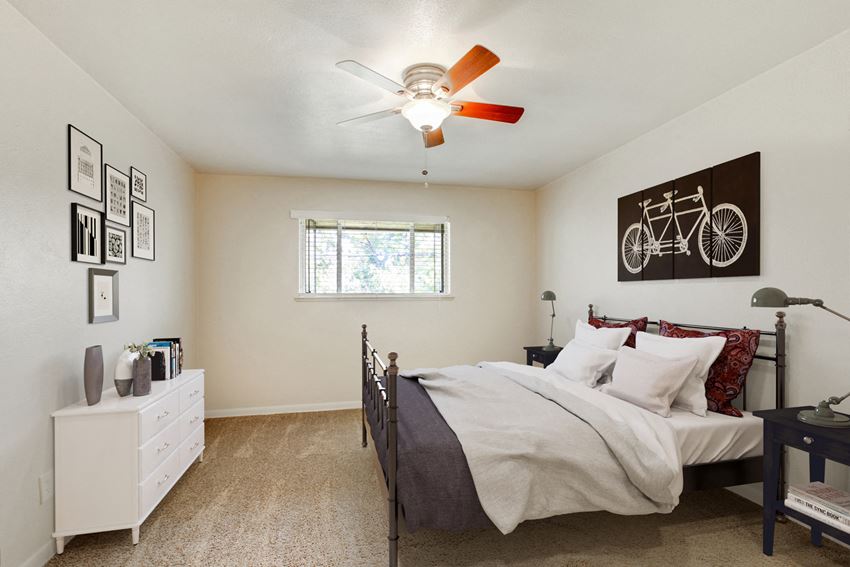When you get sober and enter into recovery, there’s a LOT to celebrate, and it’s okay to embrace the victory and pride that comes with clean living. It’s also important, however, to address the unknowns.
Some of these will be uncontrollable, but there are certain components of recovery that you can control – like your post-treatment living arrangements. Establishing the right home for yourself is an extremely important step to maintaining sobriety and starting fresh.
As you read through the different types of sober living homes below, keep personal preferences and professional recommendations in mind, so you can find the absolute best fit.
Let’s dive in!
Types of Sober Living Homes
Sober Dorms for Students
Students need sober living, too. In fact, four out of five college students drink alcohol, so exposure to substance and alcohol abuse is much higher in the college environment.
Sober dorms, however, are a great option for students who wish to live on campus and avoid the “party” scene. These dorms do not allow alcohol or drugs onsite, so students can focus on their social and educational growth.
While sober dorms do not offer treatment or staff supervision, they rely heavily on peer evaluation and university health and counseling resources. Depending on the school, they might even provide social events and programs to encourage sobriety.
If you’re a college student who has struggled with clean living in the past, sober dorms might be perfect for you! Of all the types of sober living homes, this may be the best match for the younger demographic.
Halfway House
Halfway houses are sober living environments designed to help people transition out of unstable situations (incarceration, addiction, or homelessness) and re-enter society.
Because each house serves a unique purpose and population type, the specific resources and support structures may vary, but the goal remains the same. These state-monitored homes create a structured environment by providing resources, accountability tests, and supervision.
Through custom services and support, these environments teach residents how to manage a healthy lifestyle after they’ve moved on, preparing and equipping them to live successful and sober lives in the real world.
It’s important to note that Halfway Houses usually limit a person’s stay, whereas other sober living homes do not.
Oxford House
An Oxford House is a sober living environment controlled by the residents, rather than a staff or management team. These sober homes are extremely common in the United States, as they put a lot of emphasis on peer support during recovery and do not require participation in any in-house treatment or recovery program.
Many Oxford Houses, however, do offer 12-step programs or classes to those who want them. For the most part, residents are focused on fulfilling household duties and chores, as well as paying rent.
Structured Sober Living
If you’re looking for a more comprehensive and hands-on sober living home, the Structured Sober Living Home might be the best fit!
Of all the types of sober living homes, this environment does require a little bit more from its residents. As a result, it can be an effective way for people to stay sober early in their recovery.
Often recommended or provided by an inpatient treatment provider after completing the 90-day treatment, this sober home provides quite a bit of clinical supervision.
Many Structured Sober Living homes make drug screening, house meetings, and self-help groups/treatment mandatory, in addition to encouraging in-house services and 12-step programs. With a system like this people have easy access to the additional support and accountability they need.
Because this takes a more treatment-specific approach, it is sometimes covered by insurance.
Sober Apartment Living
While there are similarities between sober apartment living and the other options listed above, apartment style living has its own benefits.
For example, in a shared sober living apartment, residents can enjoy onsite management and support, career assistance, sobriety meetings, sober social events, and added privacy. This gives them the independence they need to grow and learn with support available when needed.
These sober apartments do not operate like a treatment center or provide clinical services, but they are an excellent transitional option for someone going from treatment to independent living. In addition to encouraging personal responsibility and upholding group accountability, many sober apartments show residents how to have fun in sobriety, too!
SAL, Sober Apartment Living, Co., is great at this, and their team plans sober social activities, events, and outings on a regular basis.
Which Type of Sober Living Home Is Right for You?
At the end of the day, you’re the only one who can answer that question! Make a list of what you’d like from your sober living situation and consult with your treatment facility before making any decisions.
There are so many different types of sober living homes available, so one is bound to check all your boxes.
If you’re interested in learning more about SAL, our sober apartment community in Scottsdale, AZ, you can read more here.





